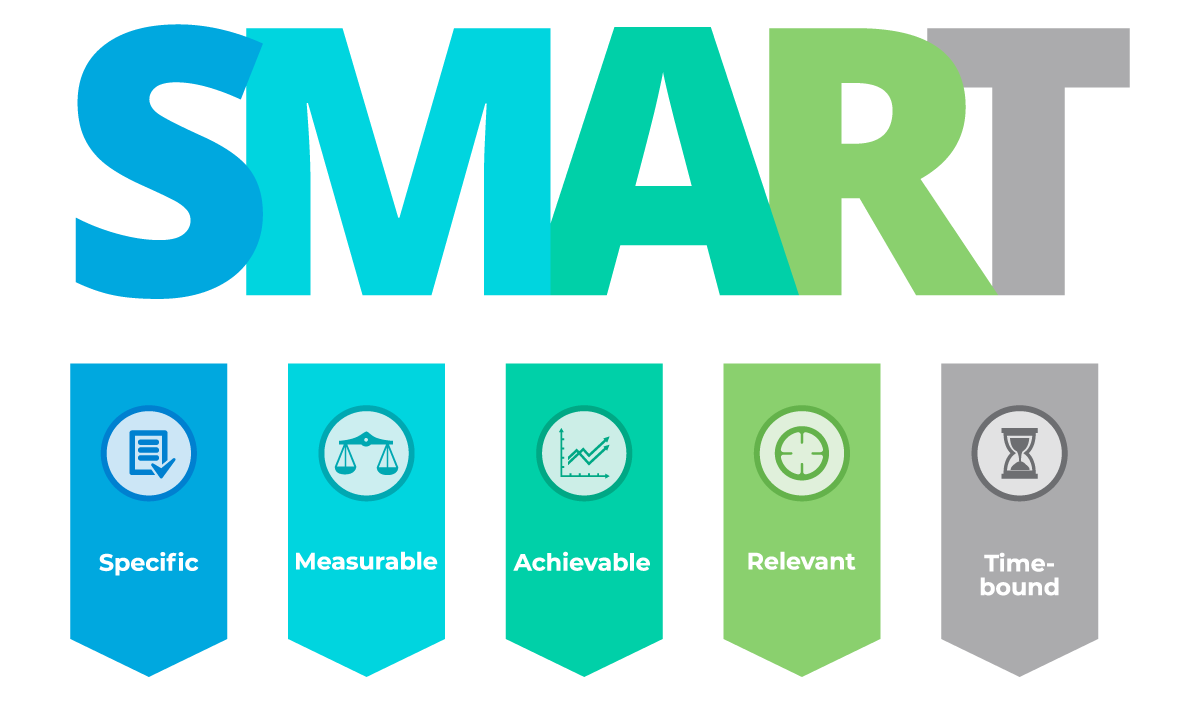The start of a new year gives businesses a valuable opportunity to refresh their marketing and drive Q1 growth. January marks a time when consumers seek change, making thoughtful, inventive campaigns especially effective. Small businesses may face post-holiday budget challenges and a crowded “resolution” market, but those that prioritize personalization, flexibility, and digital-first strategies stand out. This article offers practical advice to help your brand connect with customers and boost marketing results in the first quarter.
Table Of Content
Setting Clear and Achievable Marketing Goals for Q1
The first step toward a successful new year marketing strategy is understanding what worked and what didn’t work in the previous year. Begin by auditing your recent efforts to inform smarter goal setting and execution for Q1.
Steps for Setting Effective Q1 Goals:
Analyze Last Year’s Performance
- Review key metrics: engagement rates, website traffic, conversions
- Use tools like Google Analytics, social media insights, and email reports
- Identify strengths, weaknesses, what performed well and what didn’t
- Identify patterns or strategies that have consistently delivered strong results and incorporate these successful elements into other aspects of your marketing efforts.
Define Your Business Priorities
- Identify Key Business Objectives: Clarify what your organization aims to achieve in Q1, such as expanding market share, increasing profitability, launching a new product, or building a positive brand image.
- Align Marketing Goals: Make sure your marketing goals are tightly connected to these broader objectives. For example, if the priority is growth, your marketing may focus on acquiring new customers or entering new markets.
Consider Core Focus Areas:
- Revenue targets: Set goals that contribute to sales growth, such as boosting online conversions or increasing average order value.
- Brand awareness: Plan campaigns that enhance visibility, like PR initiatives, social media outreach, or influencer collaborations.
- Customer acquisition: Develop strategies for attracting new customers, such as targeted ads, referral programs, or content marketing.
Use SMART Framework to Set Goals
- Specific: Clearly state what you want to achieve (e.g., “Increase newsletter signups”)
- Measurable: Assign numbers you can track (e.g., “by 200 subscribers”)
- Achievable: Ensure the goal is realistic for your team and budget
- Relevant: Tie the goal directly to your Q1 priorities
- Time-bound: Decide when you want to reach this goal (e.g., “by March 31”)

Planning Creative and Timely New Year Campaigns
Q1 is a time when many consumers are ready for a fresh start, and your campaigns should tap into this mindset. Go beyond basic discounts, create promotions or product bundles tailored to popular resolutions or fresh-start themes. Use customer reviews and testimonials to give your messaging authenticity and credibility.
Engage your audience through interactive elements on social media, such as challenges or resolution sharing. Tie your offers and content to seasonal moments, like “back to business” routines or early spring events, for maximum relevance and impact.
Choosing the Right Channels for Q1 Success
Selecting the best ways to reach your audience and matching your message to each ensures you get the most out of every campaign.
Assess Channel Strengths
- Social media works best for engaging stories and visuals
- Email delivers personalized offers and regular updates
- Digital ads help you reach new prospects with targeted messaging
Optimize Local Presence
-
Keep your Google My Business profile updated
-
Encourage happy customers to leave reviews
-
Use local SEO strategies to reach nearby customers
Repurpose Content
-
Turn blog posts into videos or infographics
-
Break webinars into quick social media tips
-
Share customer feedback as testimonials across platforms
Multi-Channel Coordination Success
- Coordinated campaigns create a seamless experience, strengthen your brand’s impact, and drive better results.
Boosting Engagement with Creative Ads and Content
Kick off the New Year with ads and content that stand out and inspire. By refreshing your visuals and crafting authentic stories, you’ll attract more attention and foster meaningful connections with your audience.
- Refresh your visuals: Use uplifting colors and “clean slate” themes; tools like Canva make updates easy.
- Share authentic stories: Highlight team resolutions, before-and-after experiences, and customer success stories.
- Encourage interaction: Run polls and quizzes to learn about your audience’s preferences, or host fun challenges to promote participation and sharing.
Understanding Buyer Personas and the Buyer’s Journey
Strong campaigns start with a deep understanding of your audience and their journey through the marketing funnel. Before launching new initiatives, review your customer profiles and tailor your messaging to meet their evolving goals this quarter.
Map out buyer goals and challenges for Q1
Identify what your customers are trying to achieve and what obstacles they may face and align messaging to each stage of the marketing funnel:
- Awareness: Introduce solutions that address new needs.
- Consideration: Provide social proof and helpful information to build trust.
- Conversion: Make it easy and rewarding for customers to take action.
Reflect on their goals and ask yourself, what
Measuring and Optimizing Q1 Campaigns
Launching a campaign is just the start; real growth happens when you continuously measure, analyze, and optimize performance. By setting clear marketing objectives and evaluating every stage of the funnel, you can maximize your Q1 results.
Set KPIs Before Launch
- Define clear metrics like click-through rates, new sign-ups, or conversions to guide your efforts.
Track Performance
- Use user-friendly dashboards to monitor results
Experiment and Refine
- Conduct A/B tests for ads and emails, adjust strategies based on feedback and metrics
- A/B testing means creating two different versions (A and B) of an ad, email, or webpage to see which one gets better results, like more clicks or sign-ups.
- Analyze the data to see which version performs best and use what you learn to improve future campaigns.
Share Learnings
- Regularly discuss results and areas for improvement with your team to foster ongoing growth
Next Steps
The new year is full of promise, and with a strategic, creative, and customer-focused marketing approach, you set your business up for real Q1 growth.
Ready to make your new year marketing campaigns your most successful yet? Connect with the Sharp Wilkinson team for tailored advice, innovative ideas, and hands-on support to ignite your Q1 growth. Reach out today!


![20250616_SPW_SEOSmallBizGuideCTA_1080x1080 Boost Your Online Visibility! Unlock the secrets to a top-ranking website with our FREE SEO Guide for Small Businesses. [Download Your Guide Now!]](https://sharpwilkinson.com/wp-content/uploads/2025/06/20250616_SPW_SEOSmallBizGuideCTA.png)



